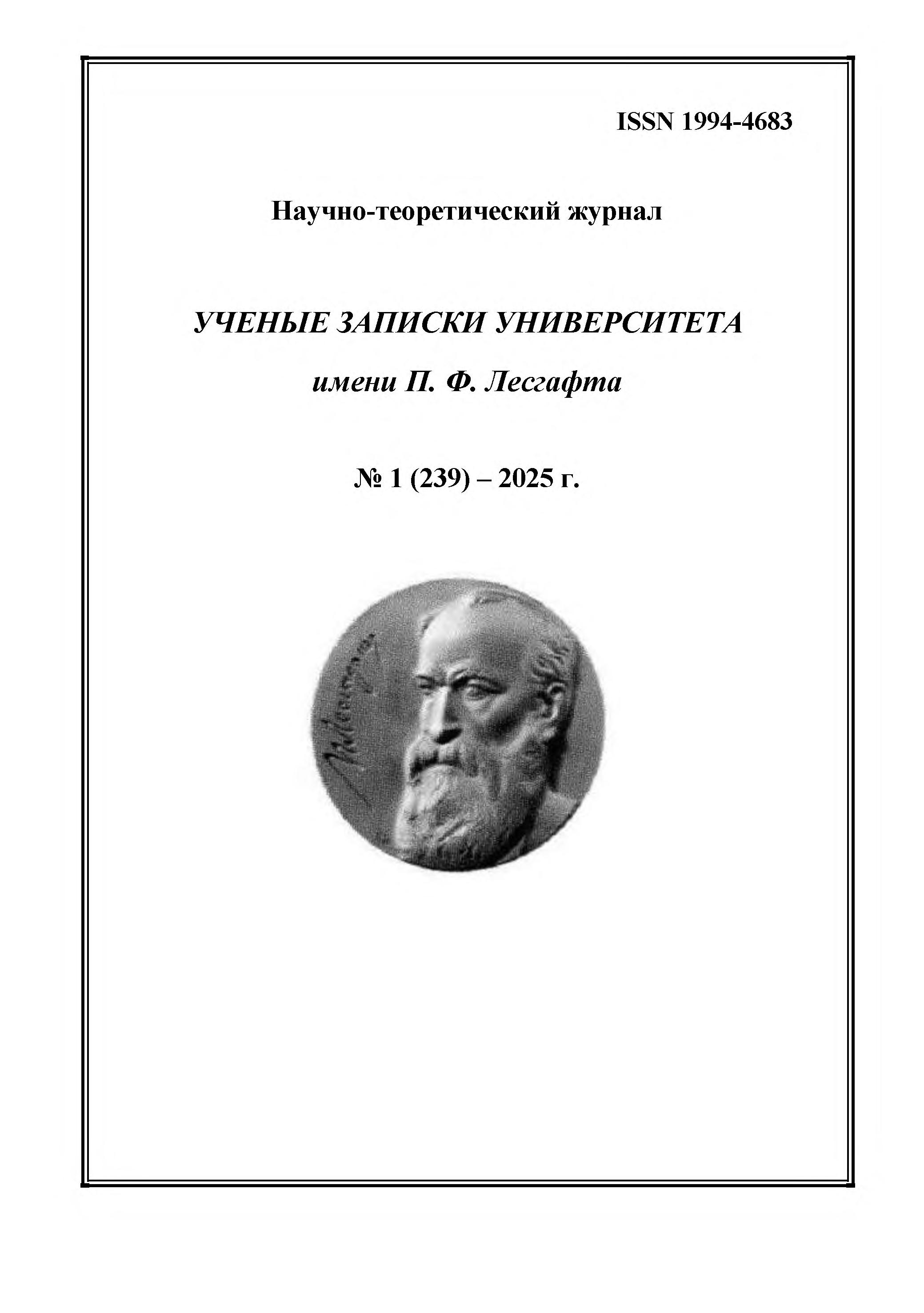employee from 01.01.2003 until now
Khimki, Moscow, Russian Federation
UDC 796.011
CSCSTI 77.01
The purpose of the study is to optimize the educational process by analyzing the long-term dynamics of the use of running applications for smartphones by students in their independent running training for tests and trials of the All-Russian Physical Culture and Sports Complex; to enhance the skills of independent selection and evaluation of running applications by students as a means and method for developing their digital competence. Research methods and organization. Content analysis, analysis of scientific and methodological literature, methods of mathematical statistics, pedagogical observation, and surveys using Google Forms were employed. A total of 112 students from the first to third year of the Department of Physical Education at MAI were surveyed. Research results and conclusions. The preferences of students in choosing running applications for smartphones have been investigated for the years 2023-2024. The leading applications identified are: "Running Tracker: Run, Jogging," "adidas Running: Running App," and "Apple Fitness." Regular market research of running applications through student surveys allows the instructor to recommend current and effective running applications for self-preparation for tests and trials of the All-Russian Physical Culture and Sports Complex "Ready for Labor and Defense". A pedagogical experiment has been conducted: expert evaluations of running applications made by students have been published on the educational channel Dzen 'Tatiana Lvova Physical Education'. The interactive expert activities of students in exchanging experiences in the use of running applications on educational Internet resources assist in selecting the best applications for the upcoming running season, enhance the accuracy of measurements and the quality of testing, improve educational potential, develop skills for independent learning and training activities, digital competence, and enhance the quality of the educational process.
digitalization of physical education, digital competence, physical culture in higher education institutions, running applications for smartphones, running training, Ready for Labor and Defense complex
1. Lvova T. G. (2025), “Motivation for running activities among students of the Moscow Aviation Institute in autumn 2024 and its influence on the effectiveness of preparation for tests and examinations of the All-Russian Complex "Ready for Labor and Defense"”, Uchenye zapiski universiteta imeni P.F. Lesgafta, No. 2 (240), pp. 63–68.
2. Smirnova E. I., Sukhostav O. A., Matyunina N. V. (2022), “Mobile applications as a means of activating students’ independent work in physical culture”, Bulletin of Tomsk State University, No. 474, pp. 22–28.
3. Egiazaryan A. A., Korolev P. V., Grigoriev V. A., Sviridov B. A., Brilenok N. B. (2024), “Digital technologies in physical education of students: experience of using a mobile application during distance learning”, Theory and Practice of Physical Culture, No. 2, pp. 61–63.
4. Ivanyushina P. E., Joliev I. M. O. (2023), “Mobile applications as a means to monitor students' physical activity”, Youth and Science, No. 10, URL: https://www.elibrary.ru/item.asp?edn=ntbfsj.
5. Alexandrov S. G. (2024), “On increasing the motivation of university students to exercise through "mobile applications"”, Field of services: Innovation and quality, No. 70, pp. 4–13.
6. Vasenkov N. V., Sharypova T. P., Bikkinina L. I., Minibaev E. Sh. (2024, “The use of mobile applications and social networks in the student’s educational process”, Perspectives of Science, No. 1 (172), pp. 169–171.
7. Khairullin I. T., Fatkulov I. R., Zaripov A. A., Khairullin I. I. (2024), “The role of mobile applications in the university physical education system”, Economics and Management: Problems, Solutions, Vol. 7, No. 6 (147), pp. 136–140.







